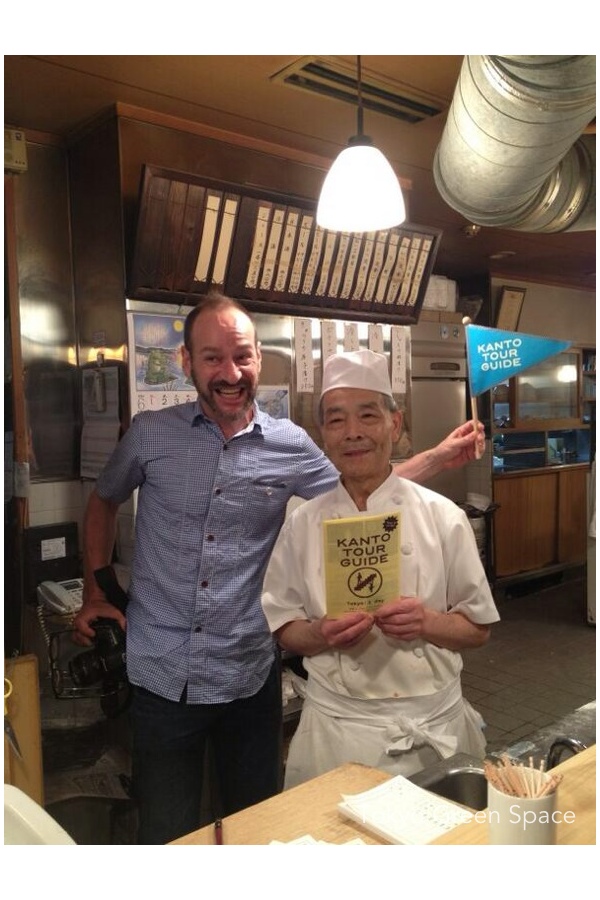
Shibaura Houseの依頼で、Kanto Tour Guideの杉並ツアーを書きました。先週、そのツアーを実際に一緒に歩いてみました。最初にとんきという一番好きなトンカツ屋で昼食を食べました。Kanto Tour Guideについては、こちらへどうぞ。
Shibaura House asked 10 foreigners living in Kanto to design half day and one day tours, primarily for Japanese to re-discover their country with a new perspective. I wrote a short guide for Suginami, starting with my favorite Higashi Koenji tonkatsu restaurant named Tonki. Shibaura House even made a small tour group flag. I think the chef was surprised by our visit. Afterwards, we visited Amp Coffee, cookie shop Steka & Mojl, Kuge Crafts (手仕事屋久家), and the Suginami Childrens’ Traffic Park near Zenpukuji river.
There’s some great photos on Shibaura House’s Facebook page. Also here. More information about all 10 tours on their website.



